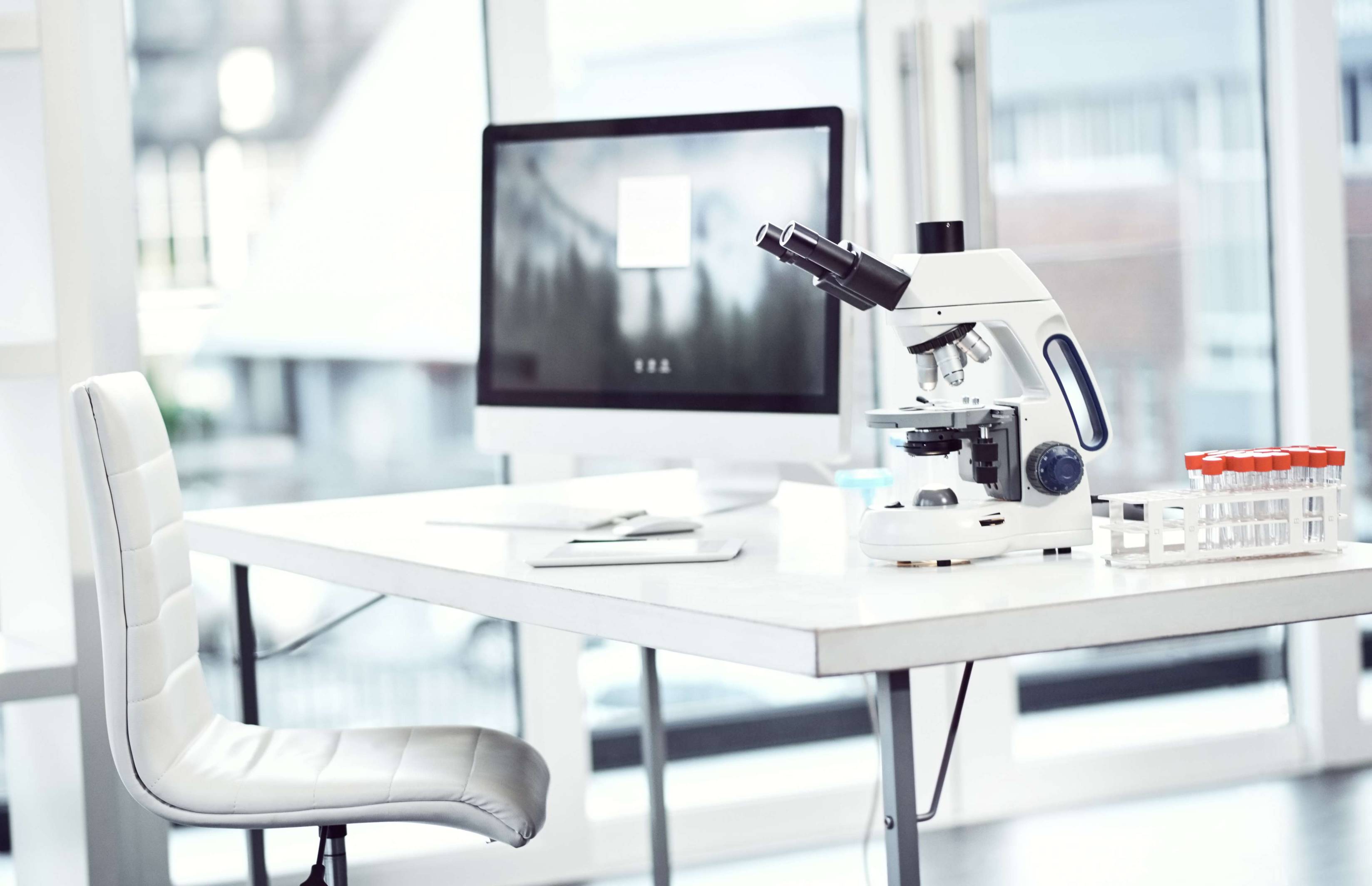Arranging a laboratory room involves careful consideration of various factors, including space utilization, equipment placement, safety protocols, and ergonomic principles. This article explores practical ideas and strategies for creating an efficient and well-organized laboratory environment.
Importance of Laboratory Room Arrangement
Ensuring Safety
Safety should always be the top priority in any laboratory setting. Proper room arrangement helps minimize hazards, prevent accidents, and ensure compliance with safety regulations.
Enhancing Efficiency
An effectively arranged laboratory facilitates smooth workflow and reduces unnecessary movement, leading to increased productivity and better utilization of resources.
Basic Requirements for a Laboratory Room
Adequate Space
A spacious layout allows for easy movement and accommodates the placement of equipment and furniture without overcrowding.
Proper Ventilation
Good ventilation is essential to remove fumes, odors, and airborne contaminants, creating a healthy and comfortable working environment.
Storage Facilities
Ample storage space for chemicals, samples, and equipment helps keep the laboratory organized and minimizes clutter on work surfaces.

Layout Planning
Identifying Zones
Divide the laboratory into distinct zones for different activities, such as experimentation, analysis, and storage, to optimize workflow and efficiency.
Workstation Arrangement
Position workstations strategically to facilitate collaboration among team members and ensure easy access to essential tools and resources.
Equipment Placement
Strategic Positioning
Place equipment based on frequency of use and workflow requirements, ensuring easy accessibility and minimizing downtime.
Accessibility Considerations
Consider the needs of all laboratory users, including those with disabilities, when designing equipment placement and room layout.
Safety Measures
Emergency Exits
Ensure clear pathways to emergency exits and emergency equipment, such as fire extinguishers and first aid kits, to facilitate quick evacuation in case of emergencies.
Hazardous Material Storage
Store hazardous chemicals and materials in designated areas with proper labeling and containment measures to prevent accidents and contamination.

Ergonomics
Comfortable Workspaces
Provide ergonomic furniture and adjustable work surfaces to minimize strain and fatigue during long hours of work in the laboratory.
Minimizing Strain and Fatigue
Design workstations to promote good posture and reduce repetitive strain injuries by considering factors such as chair height, desk ergonomics, and monitor placement.
Lighting and Acoustics
Importance of Proper Lighting
Ensure adequate lighting in the laboratory to enhance visibility and reduce eye strain, using a combination of natural and artificial lighting sources.
Noise Reduction Techniques
Implement sound-absorbing materials and acoustic treatments to minimize noise levels and create a quieter working environment conducive to concentration and focus.
Aesthetics and Organization
Keeping the Room Tidy
Encourage cleanliness and organization by providing ample storage solutions, labeling systems, and regular cleaning schedules to maintain a clutter-free environment.
Incorporating Visual Aids
Use color-coded labels, signage, and visual cues to improve navigation, identify hazards, and enhance communication within the laboratory.
Maintenance and Upkeep
Regular Cleaning Schedules
Establish routine cleaning and maintenance protocols to keep equipment and facilities in optimal working condition and prolong their lifespan.
Equipment Calibration
Schedule regular calibration and maintenance checks for laboratory equipment to ensure accuracy, reliability, and compliance with industry standards.
Flexibility and Adaptability
Designing for Future Needs
Anticipate future changes and technological advancements when planning the laboratory layout, allowing for flexibility and scalability to accommodate evolving research requirements.
Modular Furniture Options
Invest in modular furniture and adaptable fixtures that can be easily reconfigured or expanded to meet changing needs and maximize space utilization.